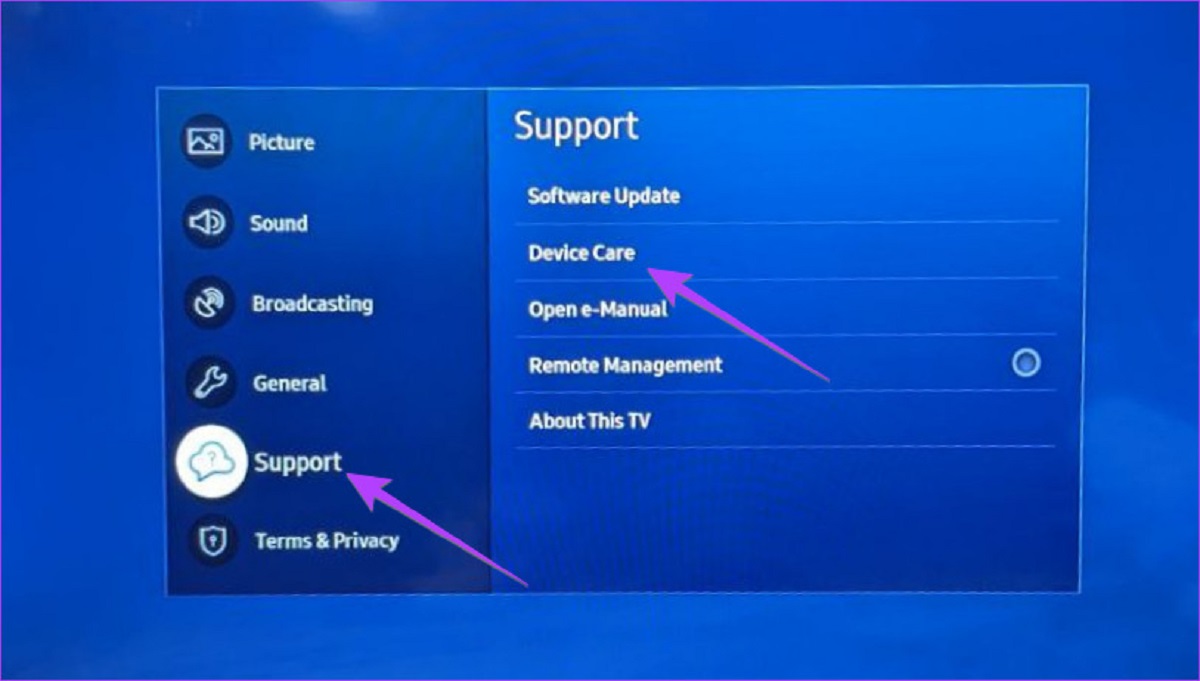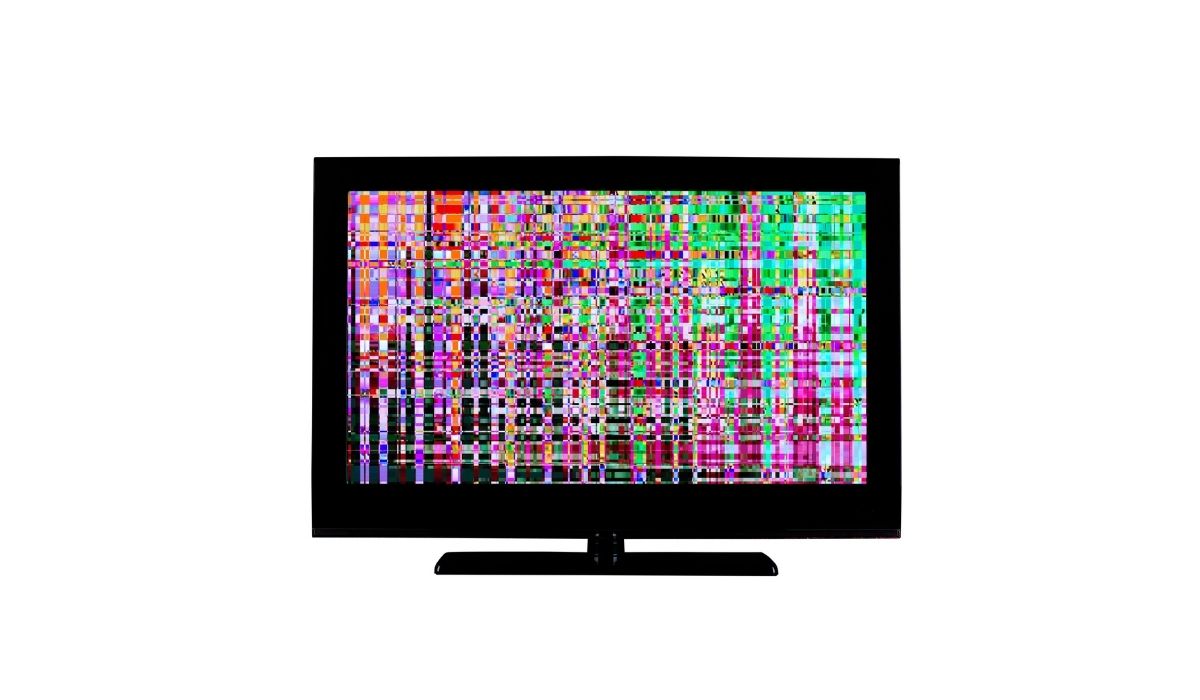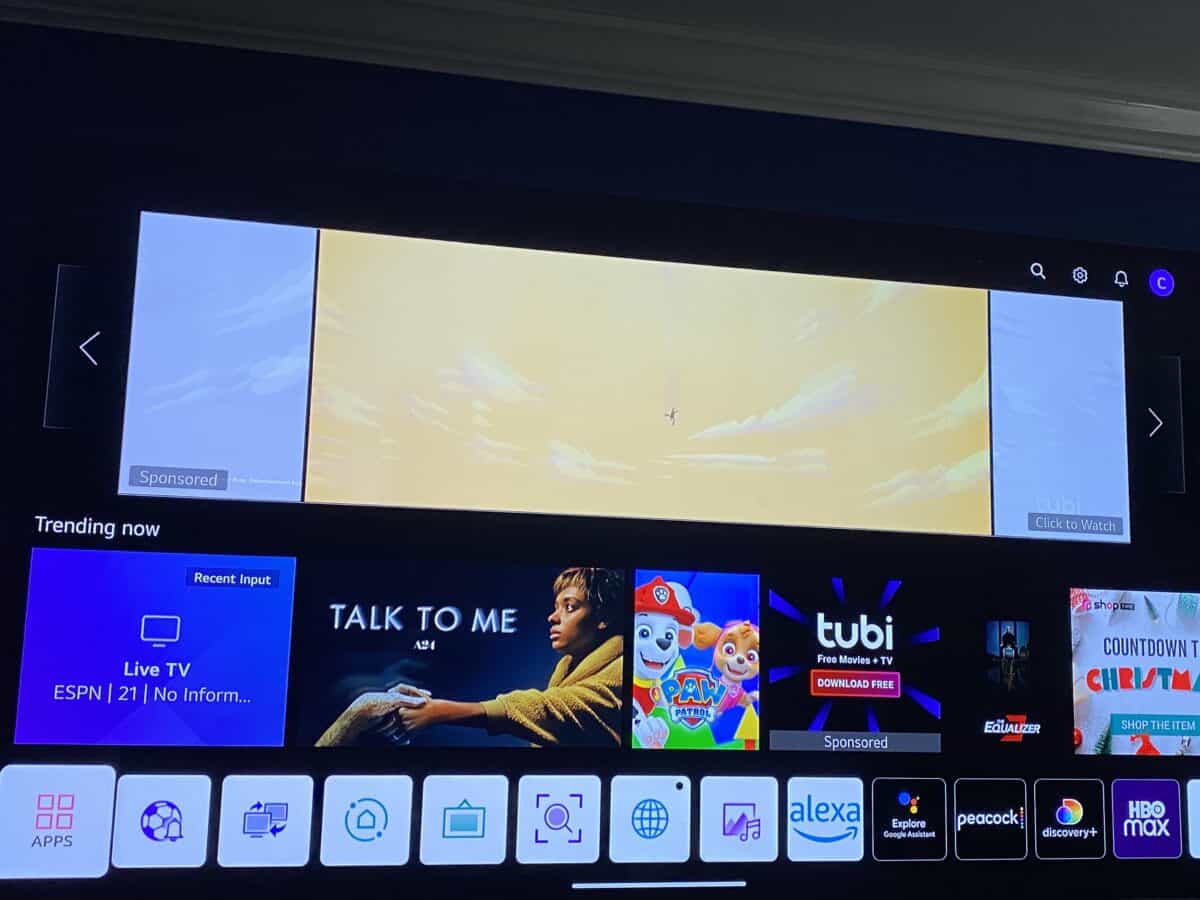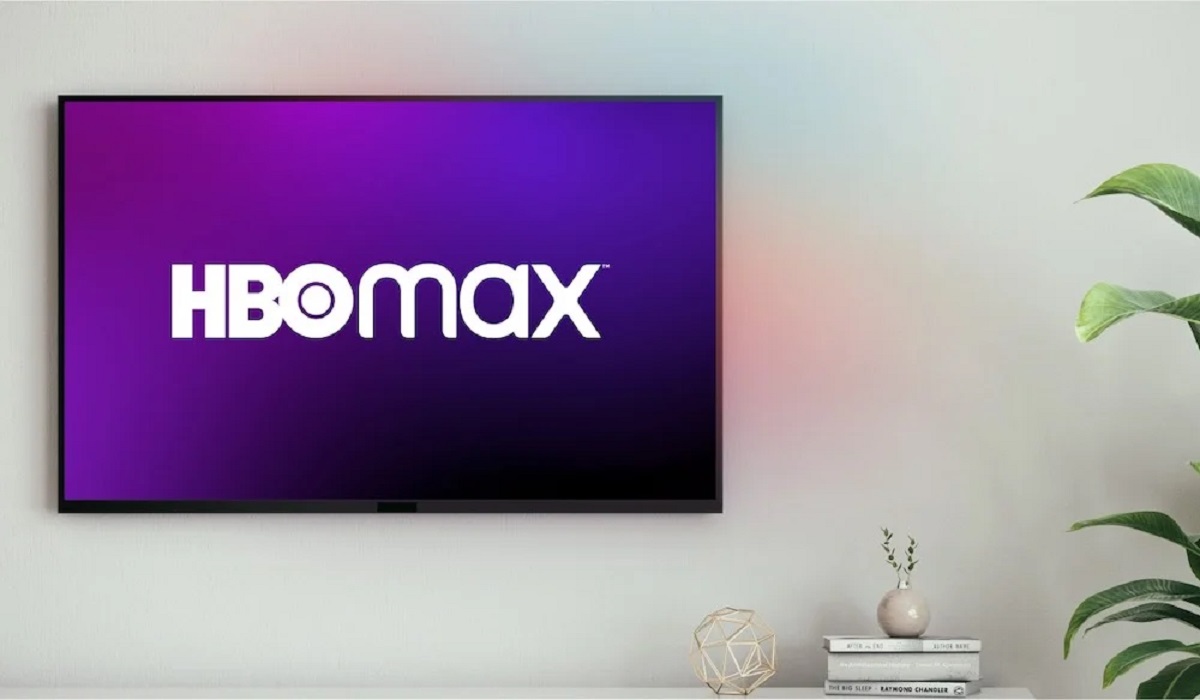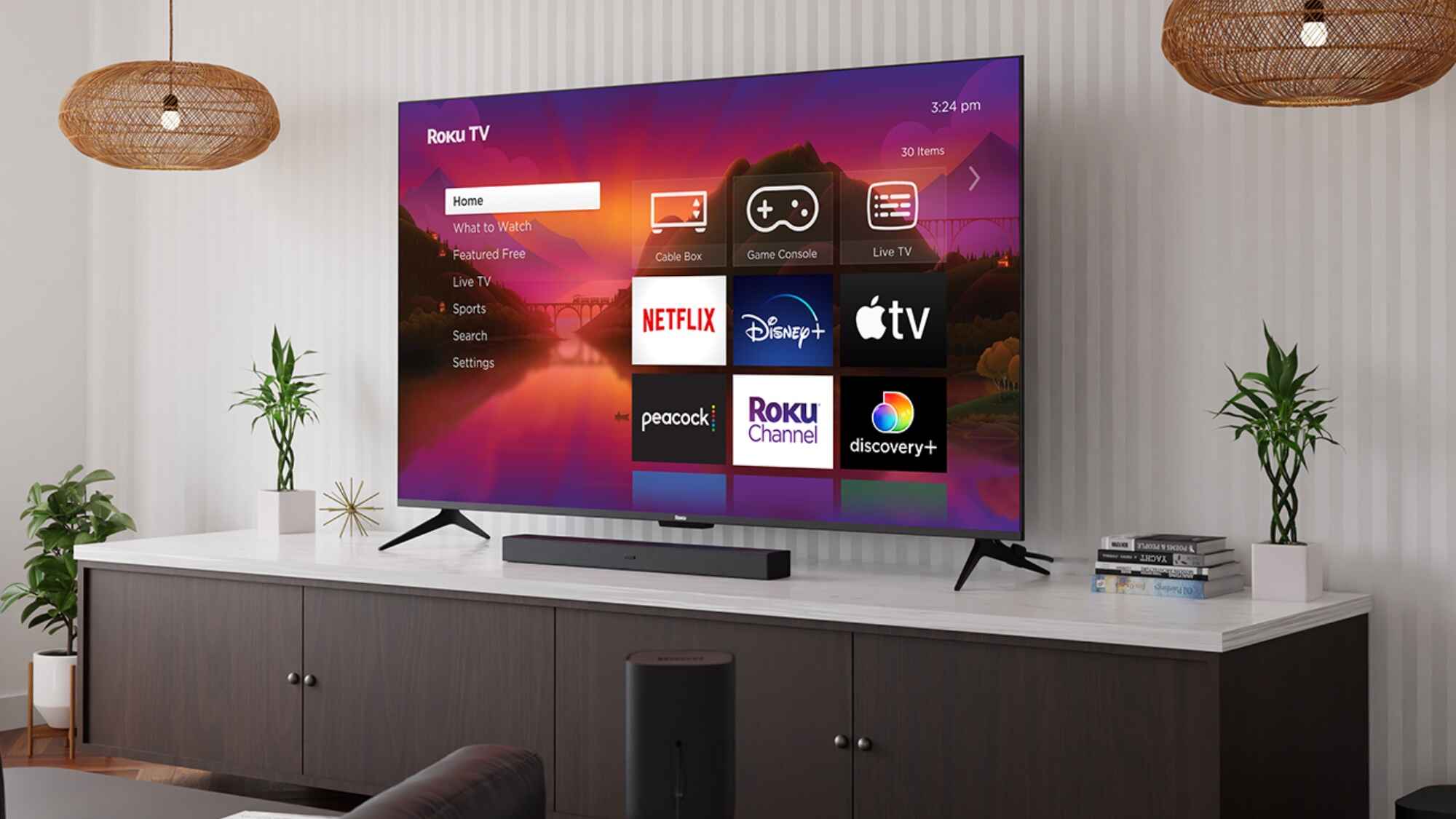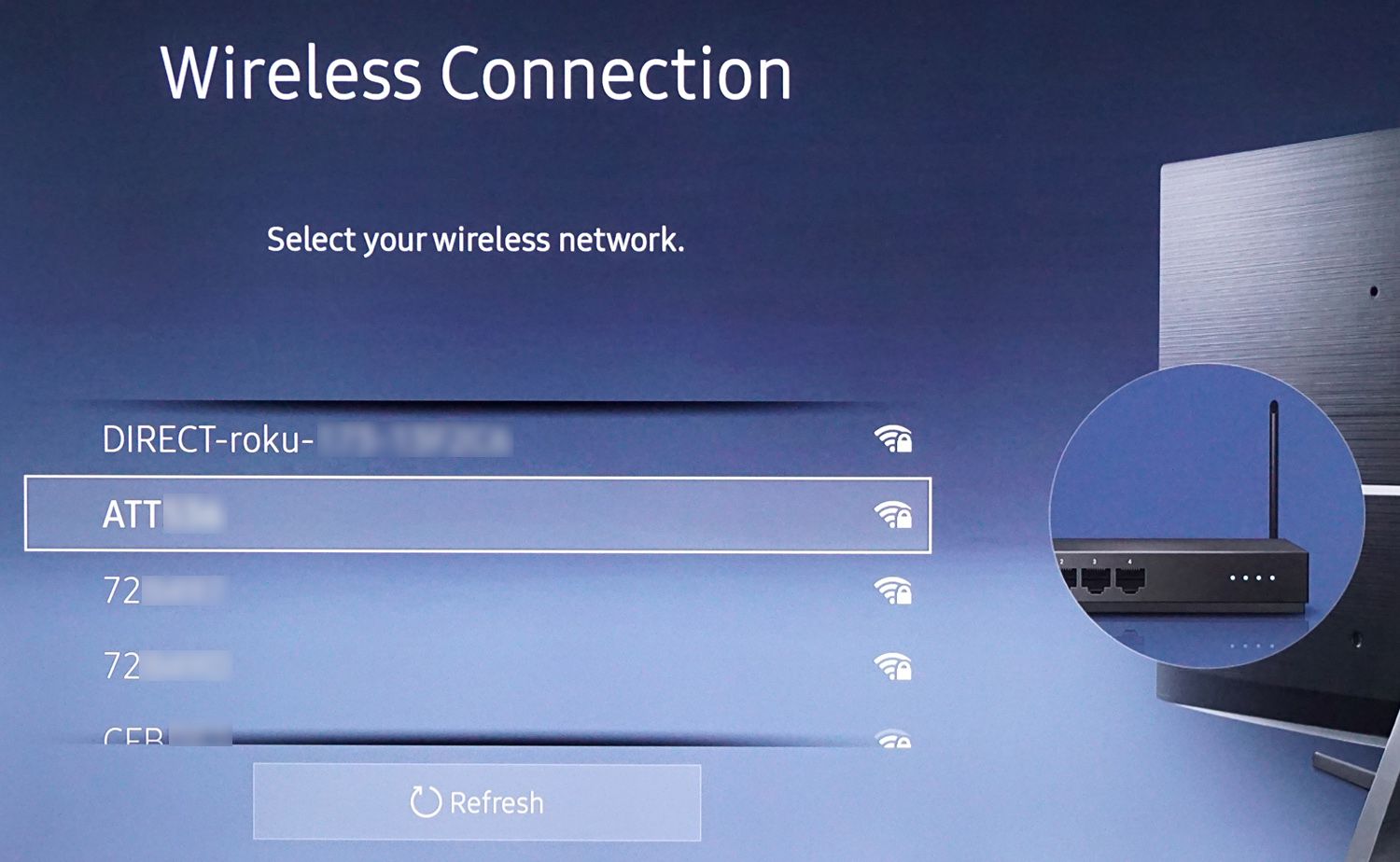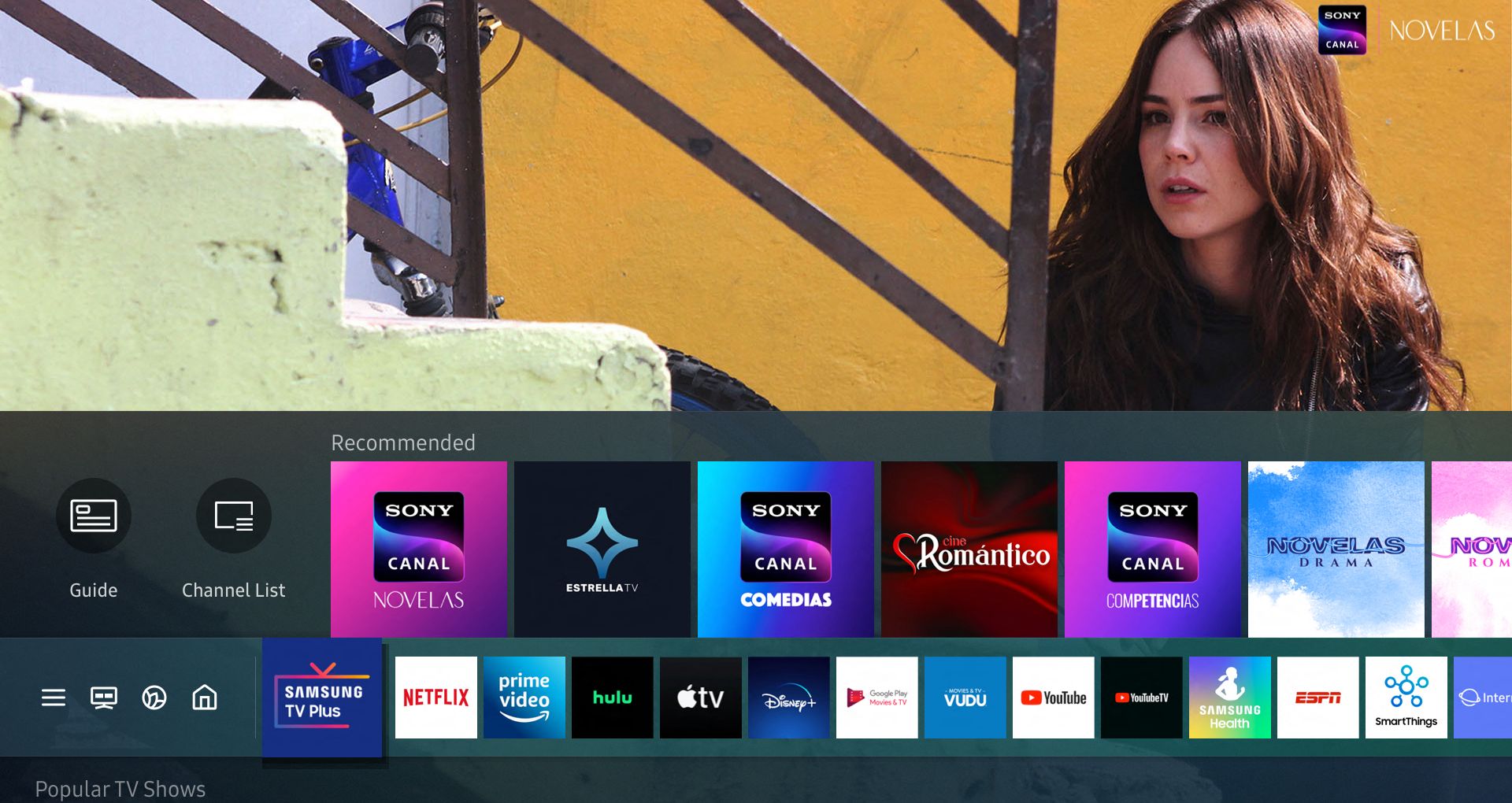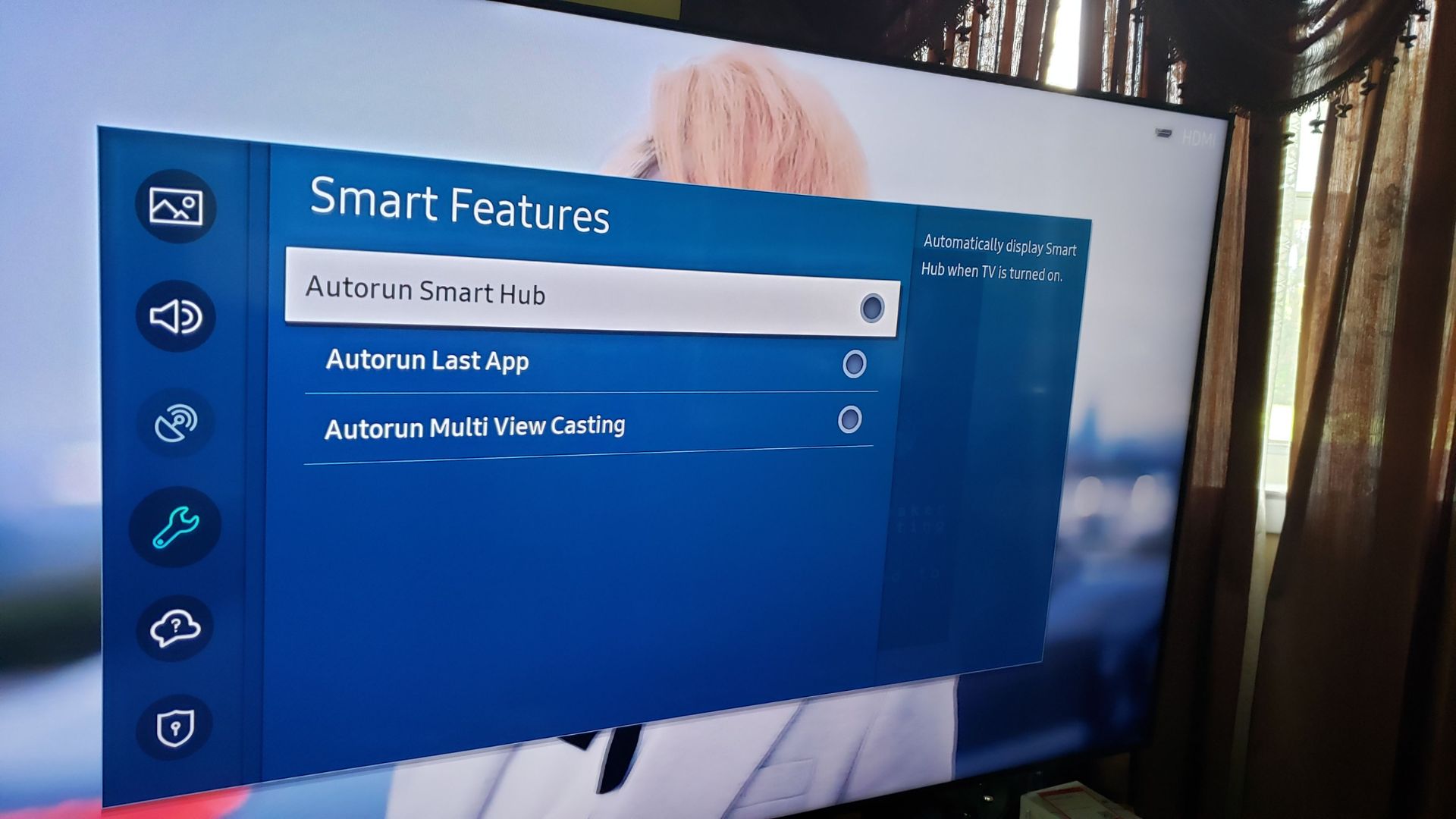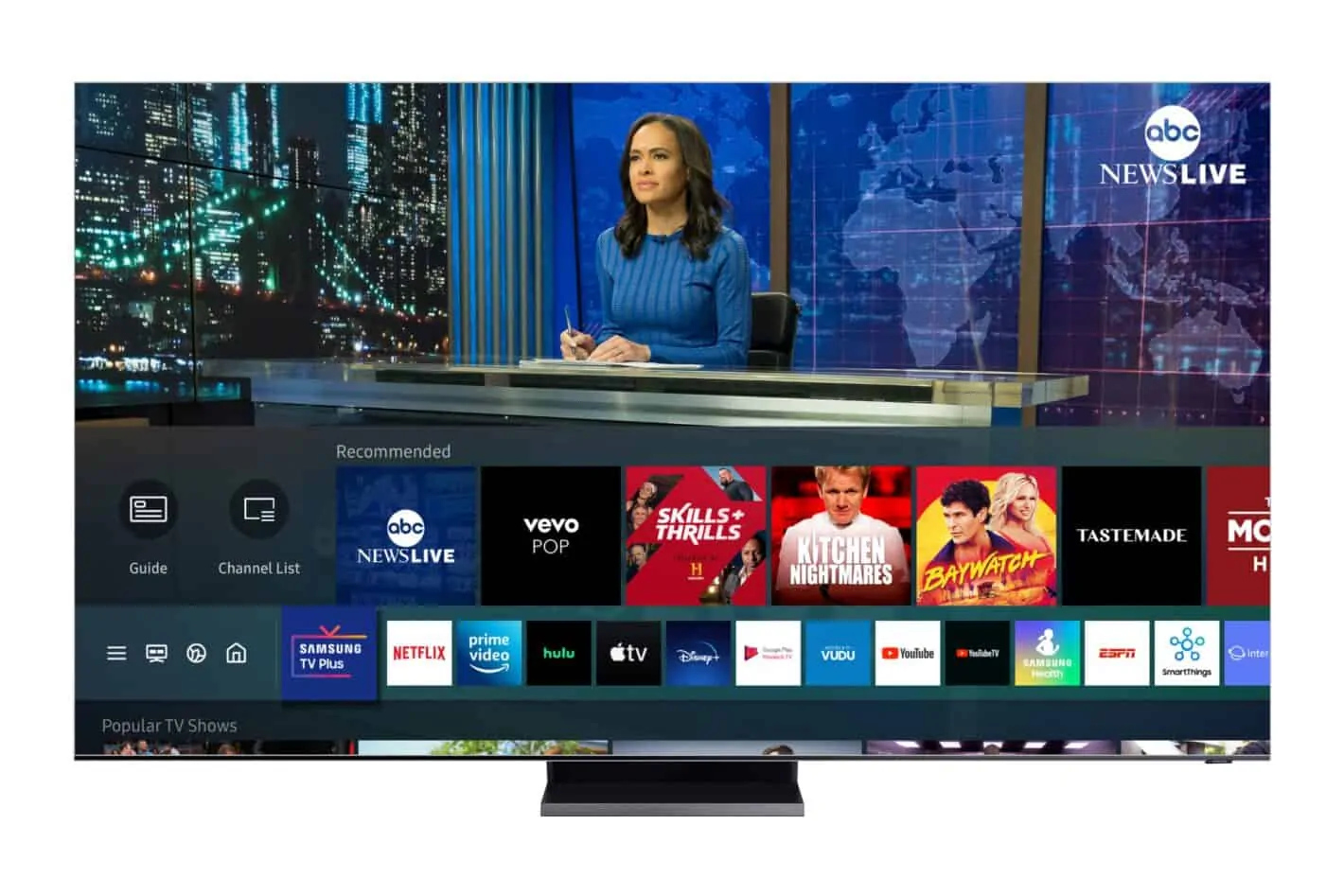Introduction
Welcome to the world of Samsung Smart TVs, where you can stream your favorite movies, TV shows, and enjoy an immersive entertainment experience from the comfort of your living room. However, over time, you may notice that your Smart TV’s performance starts to slow down, or you may encounter issues with low memory. This can be frustrating, especially when you’re in the middle of binge-watching your favorite series or trying to explore new apps.
The good news is that there are several steps you can take to free up memory on your Samsung Smart TV and optimize its performance. In this article, we will guide you through various methods to ensure you make the most of your Smart TV experience without any slowdowns or storage limitations. So, let’s dive in and explore how you can regain that precious memory space on your Samsung Smart TV.
Whether you own a Samsung QLED, LED, or UHD Smart TV, the methods we will discuss are applicable to most models. So, get ready to boost your Smart TV’s performance and enjoy uninterrupted streaming sessions.
Restart Your Samsung Smart TV
One of the simplest yet effective ways to free up memory on your Samsung Smart TV is to restart it. Sometimes, the TV’s memory can get overloaded with temporary data, causing slow performance or freezing issues. By restarting your Smart TV, you can clear out these temporary files and give it a fresh start.
To restart your Samsung Smart TV, follow these steps:
- Press the power button on your remote control and hold it for a few seconds.
- A menu will appear on your TV screen.
- Select the “Restart” option and press OK.
- Wait for your Smart TV to turn off and on again.
Once your Samsung Smart TV restarts, you should notice a difference in its performance. It’s a quick and easy way to clear any temporary data and refresh your Smart TV’s memory.
Restarting your Smart TV is also helpful when you encounter small glitches, like apps not responding or the remote control not working properly. It’s like giving your TV a breather and allowing it to start afresh.
However, if you find that restarting your Smart TV doesn’t provide the desired improvement in performance, don’t worry. There are other methods we’ll discuss that can help free up memory and ensure optimal functionality for your Samsung Smart TV.
Clear Cache and Data of Installed Applications
As you use various applications on your Samsung Smart TV, they accumulate temporary data known as the cache. This cache can take up valuable memory space and potentially slow down your Smart TV’s performance. Therefore, clearing the cache and data of installed applications is a vital step in freeing up memory.
To clear the cache and data of installed applications on your Samsung Smart TV, follow these steps:
- Press the Home button on your remote control to access the Smart Hub.
- Navigate to “Settings” and select it.
- Scroll down and choose “Applications.”
- Select “App Manager.”
- A list of installed applications will appear.
- Select the application you want to clear the cache and data for.
- Click on “Clear cache” and confirm the action.
- If you want to clear the application data as well, click on “Clear data” and confirm.
- Repeat these steps for each application you want to clear the cache and data for.
By clearing the cache and data of installed applications, you will remove unnecessary temporary files and free up memory on your Samsung Smart TV. This can lead to improved performance and faster app loading times.
Keep in mind that clearing the data of an application will reset it to its default settings. If you have any personalization or saved data within the app, make sure to back it up before performing this action.
Regularly clearing the cache and data of installed applications is a proactive measure to maintain optimal performance and prevent memory-related issues on your Samsung Smart TV.
Delete Unused Applications
Over time, you may find that you have accumulated several applications on your Samsung Smart TV that you no longer use. These unused applications still occupy valuable storage space, which can negatively impact the overall performance of your Smart TV. Deleting these unused applications is a straightforward way to free up memory and optimize the functionality of your TV.
To delete unused applications on your Samsung Smart TV, follow these steps:
- Press the Home button on your remote control to access the Smart Hub.
- Navigate to “Apps” and select it.
- A list of installed applications will appear.
- Highlight the application you want to delete.
- Press and hold the enter or select button on your remote control until a menu pops up.
- Select “Delete” or “Remove.”
- Confirm the deletion by selecting “Yes.”
- Repeat these steps for each unused application you want to delete.
By removing unused applications from your Samsung Smart TV, you can free up significant storage space and improve its overall performance. It’s a simple yet effective way to declutter your Smart TV’s interface and ensure that you have ample memory for the applications you frequently use.
Before deleting an application, take note of the content or data associated with it. If it’s something you want to keep, make sure to back it up or find an alternative solution to access it. Additionally, be cautious when deleting pre-installed applications that are essential for the proper functioning of your Smart TV.
Regularly review and delete any applications that you no longer use or need. This will not only give you extra storage space but also keep your Smart TV organized and running smoothly.
Update Your Samsung Smart TV Software
Samsung regularly releases software updates for their Smart TVs that not only introduce new features but also improve performance and fix any potential bugs or vulnerabilities. Keeping your Samsung Smart TV software up to date is crucial for ensuring optimal functionality and freeing up memory.
To update the software on your Samsung Smart TV, follow these steps:
- Press the Home button on your remote control to access the Smart Hub.
- Navigate to “Settings” and select it.
- Scroll down and choose “Support.”
- Select “Software Update.”
- Click on “Update Now” to check for any available updates.
- If an update is available, follow the on-screen prompts to download and install it.
- Wait for the update process to complete, and then restart your Smart TV if prompted.
By updating your Samsung Smart TV software, you ensure that you have the latest improvements and optimizations that can enhance its performance and memory management. These updates often include bug fixes and security patches that contribute to a smoother and more reliable user experience.
It’s important to note that the update process may vary slightly depending on your specific Smart TV model and firmware version. In some cases, your Smart TV may automatically check for updates and notify you when one is available. However, it’s always a good idea to manually check for updates periodically to ensure you’re benefiting from the latest software enhancements.
Remember to connect your Samsung Smart TV to a stable internet connection before initiating the software update to ensure a seamless and successful update process.
By keeping your Samsung Smart TV software up to date, you not only enhance its performance but also optimize memory usage, leading to a smoother and more enjoyable viewing experience.
Reset Your Samsung Smart TV to Factory Settings
If you’ve exhausted all other options and still find that your Samsung Smart TV is sluggish or experiencing significant memory issues, resetting it to factory settings can be a viable solution. Resetting your Smart TV will restore it to its original, out-of-the-box state, clearing all data and settings.
Before proceeding with a factory reset, it’s important to note that this action will delete all apps, settings, and personalization you’ve applied to your Smart TV. It’s crucial to back up any important data or settings before performing a reset.
To reset your Samsung Smart TV to factory settings, follow these steps:
- Press the Home button on your remote control to access the Smart Hub.
- Navigate to “Settings” and select it.
- Scroll down and choose “Support.”
- Select “Self Diagnosis.”
- Choose “Reset.”
- Enter the security PIN (if set) to proceed with the reset.
- Confirm your decision to reset the Smart TV.
- Wait for the reset process to complete.
After the factory reset, your Samsung Smart TV will be as if you just bought it, with all apps and settings removed. You will need to set it up again from scratch, including reconfiguring Wi-Fi, signing in to your accounts, and reinstalling any desired applications.
A factory reset can be a powerful way to address severe performance issues or persistent memory problems on your Samsung Smart TV. However, it should be considered as a last resort when other methods have failed. Make sure to back up any essential data and carefully consider the implications of resetting your Smart TV before proceeding.
Use External Storage Devices for Media Files
If you find that your Samsung Smart TV is running out of internal storage or if you have a large collection of media files, utilizing external storage devices can be a practical solution. By connecting external storage devices, such as USB flash drives or external hard drives, you can expand your Smart TV’s storage capacity and free up memory.
To use external storage devices for media files on your Samsung Smart TV, follow these steps:
- Locate the USB ports on your Smart TV. Typically, they are located on the sides or rear panel.
- Connect your USB flash drive or external hard drive to one of the available USB ports.
- Wait for your Smart TV to detect the connected storage device. It may prompt you to format the device if it’s the first time you’re using it. Follow the on-screen instructions to format the device (Note: Formatting will erase all existing data on the storage device).
- Once the storage device is recognized and formatted, you can access it through the file explorer on your Smart TV.
- Transfer media files, such as movies, TV shows, music, or photos, from your Smart TV’s internal storage to the external storage device.
- To play media files from the external storage device, use the media player app on your Samsung Smart TV and navigate to the location of the files.
Using external storage devices allows you to store and access a large number of media files without taking up precious internal storage space. It’s especially useful if you have a vast library of movies or TV shows that you want to watch on your Smart TV.
Keep in mind that the compatibility of external storage devices may vary depending on your Smart TV model and the file formats it supports. It’s recommended to check your Smart TV’s user manual or the manufacturer’s website for information on compatible storage devices and supported file types.
By utilizing external storage devices for media files, you can expand your Smart TV’s storage capacity and optimize its internal memory usage, ensuring smooth playback and freeing up space for other applications and system processes.
Reduce Background Processes and Disable Automatic Updates
In addition to the previously mentioned methods, another way to free up memory on your Samsung Smart TV is to reduce background processes and disable automatic updates. By minimizing the number of running processes and preventing automatic updates, you can optimize memory usage and improve your Smart TV’s performance.
Here are some steps to follow:
- Press the Home button on your remote control to access the Smart Hub.
- Navigate to “Settings” and select it.
- Scroll down and choose “Support.”
- Select “Device Care.”
- Click on “RAM” to view the running processes and memory usage.
- Review the list of processes and identify any unnecessary background applications or services that are consuming memory.
- Highlight the process you want to stop and select “End” or “Force Stop.”
- If there are automatic updates enabled for any applications, navigate to the “Apps” section in the settings and disable automatic updates for selected apps.
By reducing background processes and disabling automatic updates, you can prevent unnecessary memory consumption and prioritize system resources for your desired applications. This can lead to smoother multitasking capabilities and faster response times on your Smart TV.
However, exercise caution when terminating processes, as stopping essential system processes can potentially impact your Smart TV’s functionality. Make sure to only end processes that are not essential for normal operation.
Remember that some applications may require regular updates for bug fixes or security enhancements. If you choose to disable automatic updates, it’s important to manually check for updates periodically and install them as needed to ensure optimal performance and security of your Smart TV.
By carefully managing background processes and automatic updates, you can have better control over memory usage and maximize the performance of your Samsung Smart TV.
Use Streaming Services Instead of Downloading
One effective way to free up memory on your Samsung Smart TV is to utilize streaming services rather than downloading content for offline viewing. Streaming services like Netflix, Hulu, and Disney+ allow you to access a vast library of movies, TV shows, and other media without the need to download and store them on your Smart TV’s internal storage.
Here are the benefits of using streaming services:
- Save storage space: By streaming content instead of downloading it, you can conserve valuable storage space on your Smart TV. This is particularly advantageous if you have limited internal storage or if you want to reserve it for other applications and media files.
- Access to a vast library: Streaming services provide a wide range of content options, including the latest movies, TV series, documentaries, and more. You can easily browse and stream your favorite shows without worrying about running out of storage space.
- Instant playback: Streaming allows for instant playback, eliminating the need to wait for content to download. With a stable internet connection, you can start watching your desired shows or movies immediately without any delays.
- Flexibility across devices: Many streaming services offer compatibility with various devices, such as smartphones, tablets, and computers. This means you can easily switch between devices and continue watching your content seamlessly, regardless of where you left off.
- Updates and new releases: Streaming services often update their libraries with new content, including exclusive releases and original productions. By utilizing streaming services, you can stay up to date with the latest shows and movies without the need for manual downloads or updates.
By opting for streaming services, you can enjoy a vast array of content while freeing up storage space on your Samsung Smart TV. It’s a convenient and efficient way to access your favorite entertainment without the need for extensive local storage.
Keep in mind that streaming services require a stable internet connection to ensure smooth playback. Additionally, some services may require a subscription or membership, so be sure to choose a service that aligns with your preferences and fits within your budget.
Make the most of your Samsung Smart TV by utilizing streaming services and enjoying a world of on-demand entertainment without the storage limitations of downloading content.
Conclusion
Freeing up memory on your Samsung Smart TV is essential for optimal performance and an enjoyable viewing experience. By implementing the methods discussed in this article, you can reclaim valuable storage space, enhance functionality, and ensure smooth operation of your Smart TV.
We began by suggesting a simple restart of your Smart TV as a first step to clear temporary data and refresh its performance. Additionally, we explored clearing the cache and data of installed applications, as well as deleting unused applications to create ample space for the content you love.
Updating the software on your Smart TV is crucial to benefit from the latest enhancements, bug fixes, and security updates released by Samsung. Additionally, resetting your Smart TV to factory settings can be a solution to severe performance issues or persistent memory problems.
Furthermore, maximizing storage capacity through the use of external storage devices allows you to store a vast collection of media files without burdening the internal memory. And for efficient memory management, reducing background processes and disabling automatic updates can optimize performance and prioritize resources.
Lastly, we emphasized the advantages of streaming services over downloading content, providing access to an extensive library of shows and movies while conserving storage space.
Remember, maintaining your Samsung Smart TV’s performance involves regular maintenance, periodic updates, and being mindful of your storage usage. By following the strategies outlined in this article, you can enjoy seamless streaming, faster loading times, and an optimized Smart TV experience.







